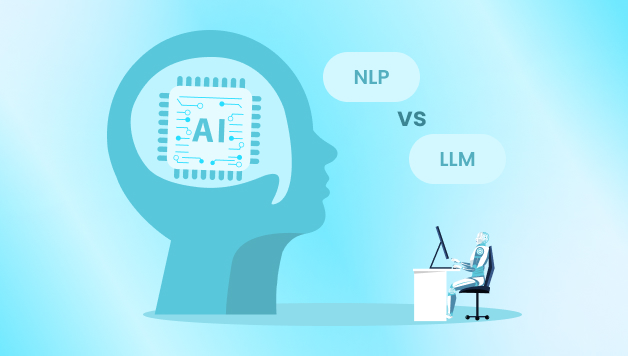No More Mistakes with Flour Mill Machine Manufacturer
Mar 11 2023

As artificial intelligence continues to advance, there’s growing confusion around the roles of different model types, especially Large Language Models (LLMs) and Generative Adversarial Networks (GANs). Are they the same? Are LLMs a form of GANs? The short answer is no, but the nuances deserve a deeper look.
In this article, we’ll explore the LLM vs GAN landscape, define their differences, highlight key applications, and discuss their roles in Generative AI models. We'll also briefly touch on llm vs nlp, a common comparison in the context of AI evolution.
A Large Language Model (LLM) is a type of AI model designed to understand and generate human-like text. Trained on massive datasets, LLMs such as OpenAI’s GPT or Google’s PaLM can perform tasks like summarization, translation, question-answering, and more.
LLMs fall under the category of Generative AI models, but they are not built using adversarial techniques. Instead, they rely on transformer architectures and learn through self-supervised methods.
Generative Adversarial Networks (GANs), introduced by Ian Goodfellow in 2014, consist of two neural networks generator and discriminator working in opposition. The generator creates new data (images, for example), while the discriminator evaluates its authenticity.
GANs are particularly powerful in image generation, synthetic media creation, and deepfake development. However, they’re not typically used for natural language generation, where LLMs dominate.
While both LLMs and GANs fall under the umbrella of generative models, their architectures and use cases differ significantly. Here’s a breakdown of LLM vs GAN:
LLM: Uses transformer-based architecture (like GPT, BERT).
GAN: Comprises two networks (generator and discriminator) in competition.
LLM: Trained with self-supervised learning, predicting the next word in a sentence.
GAN: Trained with adversarial learning—each model learns by trying to outwit the other.
LLM: Generates coherent, context-aware text.
GAN: Excels in generating realistic images or videos.
LLM: Chatbots, code generation, text summarization.
GAN: Art creation, face synthesis, data augmentation.
When discussing Generative AI models, both LLMs and GANs play key roles—but in different domains.
LLMs are leading in natural language processing (NLP), including tasks like document understanding and AI-driven communication.
GANs are revolutionizing media creation and computer vision applications.
For businesses aiming to integrate AI effectively, knowing the right tool for the job is essential. That’s where AI consulting services can help align project needs with the correct AI technology, whether it's an LLM for customer support or a GAN for visual content.
False. While both are generative models, LLMs don’t use the adversarial mechanism that defines GANs.
Unlikely. Each model has strengths in different domains. GANs dominate in image-based tasks, while LLMs are superior in text-based applications.
It’s also helpful to address llm vs nlp, a common point of confusion. NLP (Natural Language Processing) is the broader field encompassing various techniques for language understanding. LLMs are specific models used within NLP, often representing the most advanced solutions in the domain.
While GANs have limited relevance in NLP, LLMs are its current backbone.
In the debate of LLM vs GAN, it’s clear that while both are Generative AI models, they serve distinct purposes. LLMs specialize in generating and understanding text, using transformer-based architectures. GANs focus on media and visual data, thriving on adversarial training dynamics.
When comparing llm vs nlp, remember that LLMs are a subset of NLP technologies—but they are not GANs. Businesses seeking to adopt AI at scale should consider their use case carefully and engage with AI consulting services to ensure proper model selection.
Social Media Marketing Strategies for Beginners
Mar 14 2023
(0) Comments